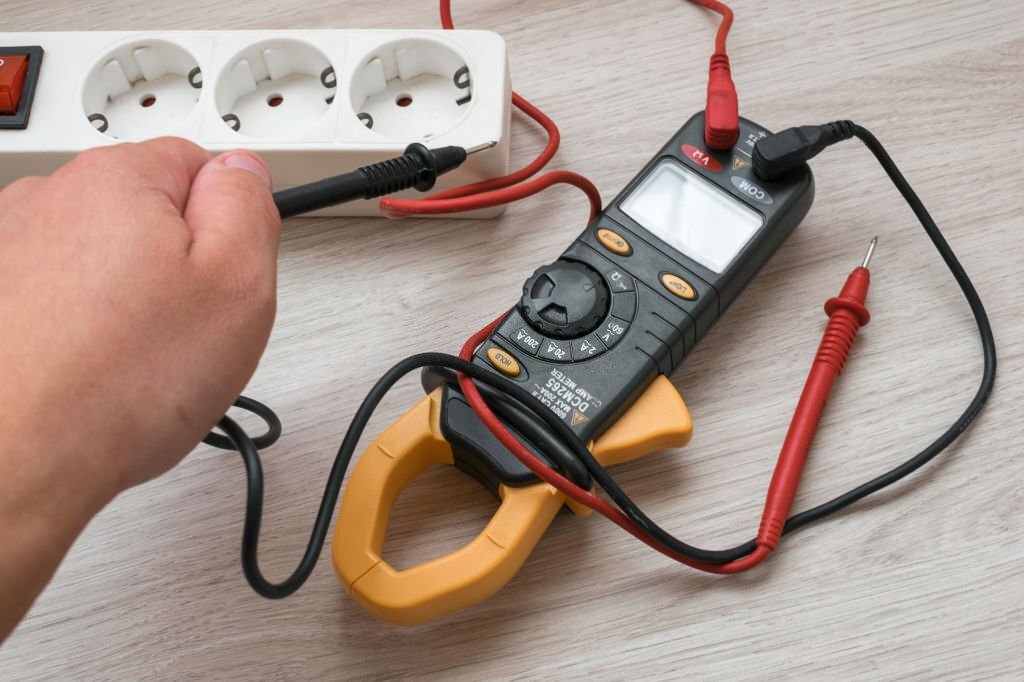Gas solenoid valves are composed of components that take electrical impulses from the surrounding environment and convert them into mechanical motion. The solenoid gas valve opens or closes in response to an electrical impulse that it receives regulating the gas flow into a chamber or through a line as a result. Installing these valves in gas pipelines will enable you to automatically regulate the gas flow to your equipment.
Testing Solenoid Gas Valve
The solenoid gas valves are critical components of any controlled electronic gas appliance. It is crucial to the device's efficient working because it permits gas to flow via a certain tube. A simple assessment of the valve should reveal whether or not this could be the source of your issues if you see that there is no gas flow.
Follow these three steps to test a solenoid gas valve:
Step 1: Find The Solenoid Gas Valve
Use a screwdriver to remove the back of the electronic gas timer after removing it from the tap. The timing mechanism and the intake flow device will both be connected to the gas solenoid valve, which will be located within. It consists of a copper wire coil that serves as the solenoid and a plastic plunger that controls the gas flow (which forms the valve). This component may be left in the timer, but before doing any sort of test, you may need to remove the battery or power supply.
Step 2. Using a Multimeter To Test
Applying a charge straight to the solenoid gas valve will test it. You will use a multimeter to test two wires that cross directly above the valve as it is located in the timer. If the valve is operating regularly, this should charge it and cause it to open. Take a lamp or torch bulb and hold it to the wires while the multimeter is supplying power to the valve to ensure that you are providing adequate power. The bulb will turn on with a strong enough charge. If the voltage is correct but the valve won't open, the entire solenoid valve needs to be taken out and replaced.
Step 3: Carry out a DIY Test
If you don't have access to a multimeter, there is another simple test you may run using the bulb and a battery. Use the torch or lamp bulb to check that there is adequate electricity flowing through after pressing the battery onto the wires that surround the gas solenoid valve. Similar to a multimeter, the bulb should light up, and if the valve is functioning, it should also open.
Alternative Method: Use An Ohmmeter To Test Solenoid Gas Valve

You can also use an ohmmeter for this test to look for values lower than about 3.4 ohms. Adjust the multimeter to ohms-times-10. Check the speedometer. When the probes make contact, the value should shift from zero to roughly 1,300 ohms, plus or minus 150 ohms. If the value reaches infinity or drifts too far from the 1,300 measurements, the valve solenoid is likely broken. If you have two coils, test the other by attaching the multimeter probes to each male terminal and doing the test in the same manner.


No comments yet